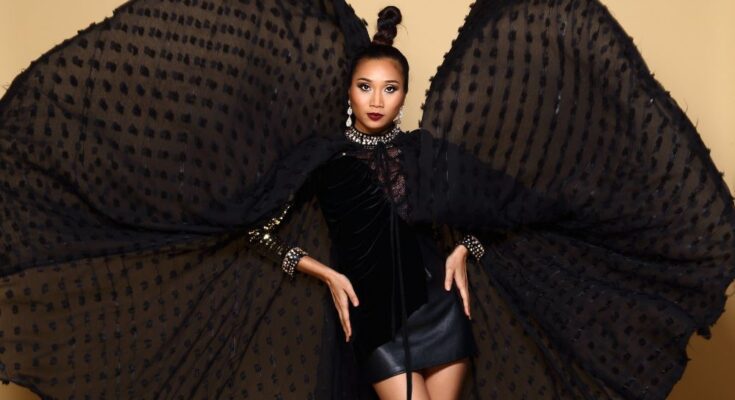Delve into the world of haute couture and its influence on the fashion landscape! From its rich history to its impact on various styles, high fashion plays a crucial role in shaping the industry’s trends and future direction. Read on for a better understanding of the fashion industry.
What Is High Fashion?
High fashion, or haute couture, represents the apex of the fashion industry’s creativity, innovation, and craftsmanship. These exclusive, custom-fitted garments get made from luxurious fabrics, featuring intricate detailing and exceptional attention to detail. Often showcased during prestigious fashion weeks and adorned by celebrities and fashion influencers, high fashion sets the trends for the rest of the industry. Notably, there is great importance to high fashion accessorizing through exclusive and complementary products. As a form of artistic expression, it pushes the boundaries of design, elevating fashion beyond mere functionality and transforming it into a powerful reflection of culture and identity.
A Brief History of High Fashion
High fashion traces its roots back to the nineteenth century when Englishman Charles Frederick Worth established the first haute couture house in Paris. Worth’s innovative designs and impeccable craftsmanship set the stage for an era of luxurious, custom-made garments. Names like Christian Dior and Coco Chanel dominated the following century thanks to their unique styles and visions. Over time, high fashion evolved into a platform for designers to showcase their creativity, pushing boundaries and setting trends. Today, prestigious fashion weeks in cities like Paris, Milan, and New York continue to celebrate this rich legacy.
Other Types of Fashion
To fully appreciate the intricacies of high fashion, it’s essential to understand the broader fashion landscape. Explore other types of styles to gain valuable insights into the industry’s diversity, from affordable mass-produced garments to custom-fit items.
Fast Fashion vs. Mass Market Fashion
Fast fashion focuses on producing trendy, affordable clothing by quickly replicating high-end designs and making them available to the mass market. Alternatively, mass-market fashion includes generic, function-first products designed to appeal to a wide range of consumers. Both fashion types differ significantly from high fashion due to the significant drop in clothing quality or durability.
Streetwear vs. Vintage Fashion
Inspired by urban culture, streetwear combines casual clothing with elements of sportswear, hip-hop, and skateboarding styles. Vintage clothing is commonly implemented into streetwear styles but is a separate form of fashion that includes restored or repurposed retro items – often purchased from secondhand markets. Unlike high fashion, these garments are usually quite accessible and affordable for the average consumer.
Ready-To-Wear (Pret-a-Porter) vs. Bespoke Fashion
This category consists of designer clothing that gets produced in limited quantities and is more accessible than haute couture. Conversely, bespoke fashion is custom-made for individuals according to their specific measurements and preferences. This type of fashion offers a high level of personalization and craftsmanship, often seen in tailored suits and couture gowns. Like high fashion, both forms utilize quality materials and feature superior construction.
High fashion is a fascinating and complex aspect of the fashion industry that combines creativity, innovation, and exceptional craftsmanship. Understanding the intricacies of haute couture and its relationship with other fashion types provides valuable insights into the ever-evolving fashion world.



